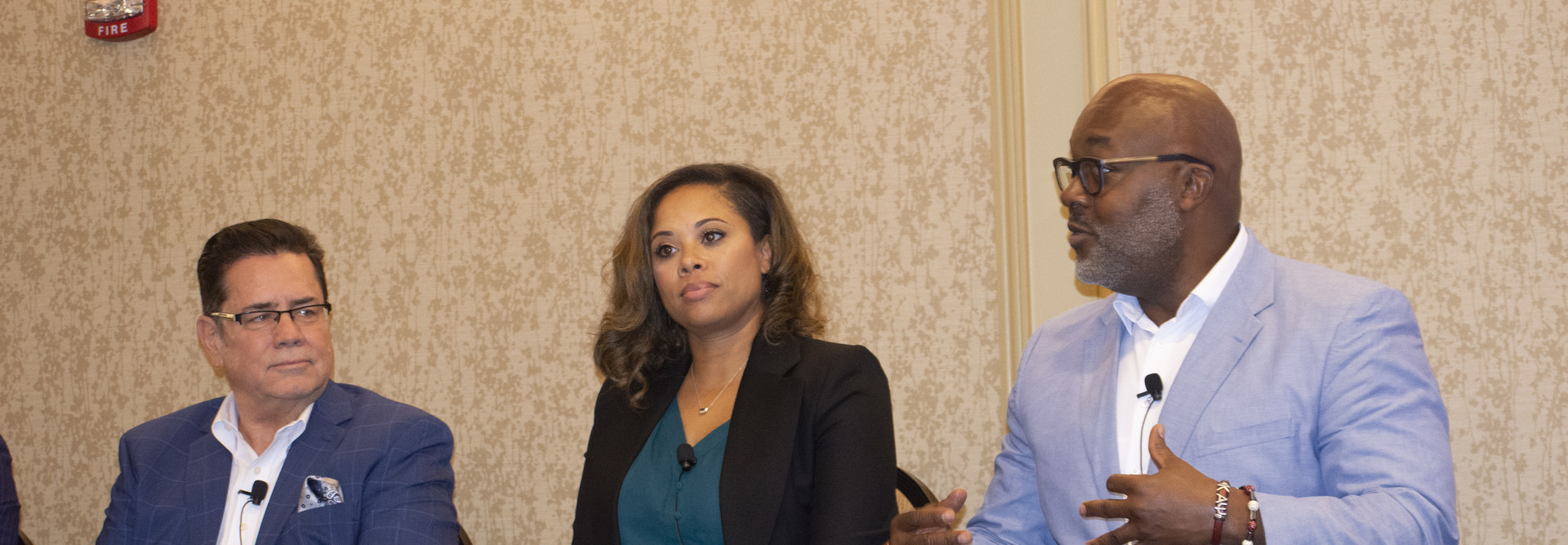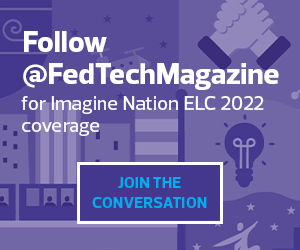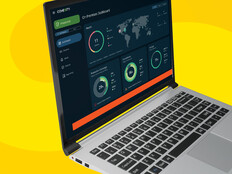Consolidated Purchases Enhanced Efficiencies
“It’s bureaucratic, it’s friction and it’s not allowing my customers to actually do stuff. So, I just thought, why don’t we just do one enterprise license agreement, and put it all in one, and manage it once and have it available?” he said.
As a cloud platform, the solution conceptually requires a single build, which is then scaled to meet customer needs. But the State Department had 45 production environments, which suggested 45 different builds. Those sprawling deployments also posed security challenges.
“Instead of having an ability to really leverage that platform the way it was designed to be leveraged, now I’m treating this cloud service as kind of a brick-and-mortar data center. I mean, how absurd is that?” Rogers said.
The CIO’s office began to work with bureaus to reduce the number of instances of the solution and eventually shrank them to seven or eight environments. “Now my customers can actually leverage these cloud environments in a frictionless way. And the best part about it is they can use their resources to build capacity for their specific mission. They’re not doing hosting, they’re not doing acquisitions, they’re not bothered with all the stuff that makes modernization happen effectively behind the scenes.”
Rogers then “spent the large part of the past two years” analyzing and adjusting the unidentified platform to gain visibility into State Department spending. With improvements to tech spending classification, he gained insight into duplicative investments as well as procurements that could do more.
READ MORE: State Department launches new cyber bureau.
Early Conversations with Vendors Can Eliminate Pain Points
Addressing the same Imagine Nation panel, Christopher Hayes, ServiceNow’s client director for the State Department, stressed the importance of communication in his company’s working relationship with the department. ServiceNow helps to demystify procurements, he said.
ServiceNow is careful to ask the State Department about customer needs, particularly when feeling out requirements in a request for information or other acquisition activity, Hayes said.
“Sometimes, it’s not going to be a peaceful conversation, but we have to have it,” he said. “From the vendor side, I urge all my counterparts, you should keep showing up regardless of whether those conversations are the best sometimes. If you’re going through it and you gain approval from your partner, you come out on the other side a lot better.”
EXPLORE: How to use ServiceNow to drive digital transformation.
Enterprise license agreements, such as the initiative Rogers undertook, bring a great deal of value to customers, Hayes said. Once such an agreement has been defined, vendors can start assessing what related services might benefit the customer, such as the addition of training courses.
ServiceNow’s customer engagement group works with potential customers to figure out the shape of such acquisitions, Hayes said.
“Different bureaus have needs from a platform offering, whether it be ServiceNow, whether it be Microsoft. You come with your outcomes, which is what are you looking to do on this platform. And they provide some feedback: ‘You can try it on ours and see how it works for you,’” Hayes said. Technical experts can enter the conversation even before procurement is made and shorten the initiation period.
Rogers later added this: “I know my team gets frustrated with me all the time because I’m trying to bring them back to the standards of what we’re trying to do. Don’t customize it. Leverage it out of the box. Bring value to customers. And if you’re not sure, take a step back or two and make sure you’re architecting it the right way.”
Follow FedTech coverage for more articles from Imagine Nation ELC 2022.











